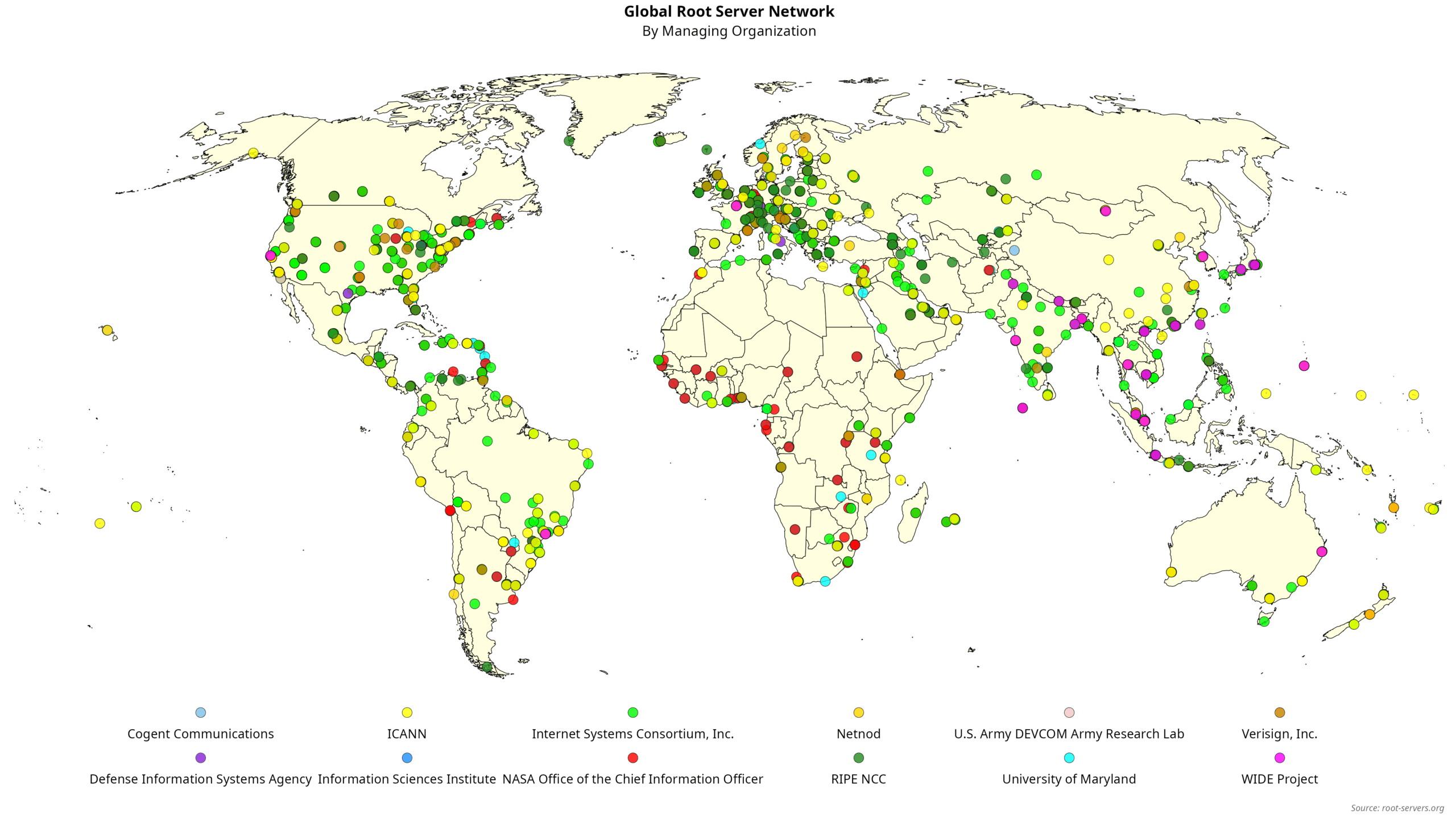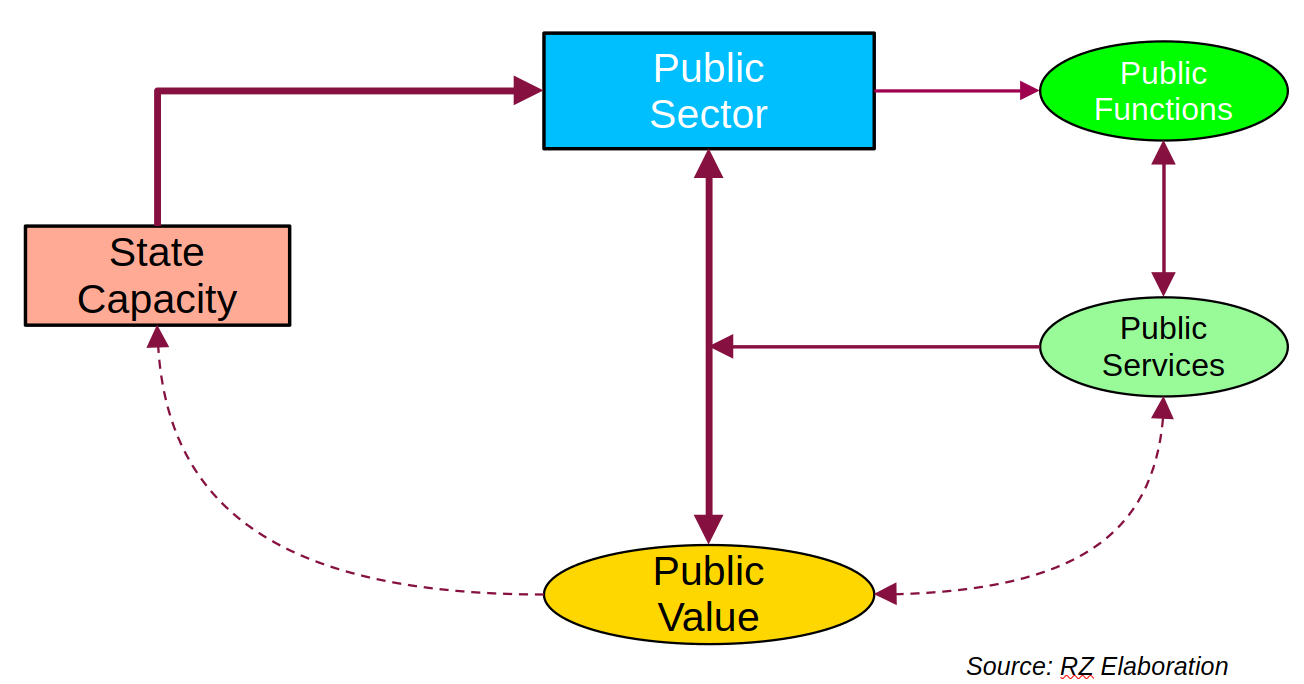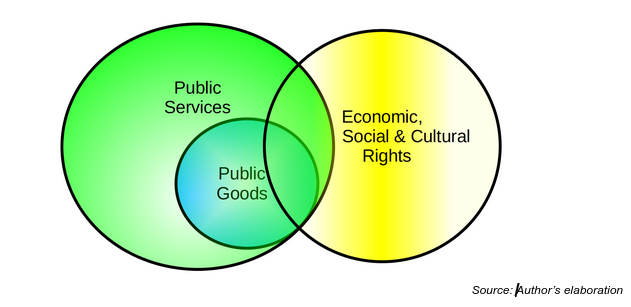Category: ICTD
-

Data Center Resistance
Two weeks ago, Mexico announced a 4.8 billion USD data center investment sponsored by CloudHQ, one of the top 12 operators globally by number of sites. The target city is Querétaro, the leading Mexican data center location with 19 facilities. Querétaro is also among the top 15 developing-country towns in the data center race. The…
-

Data Center Centrality
Recent headlines have put the spotlight on Big Tech’s investment trends in data centers. While the gang of five has already spent $155 billion on data center expansion since January, the total annual amount for this year is expected to reach $365 billion. That is more than the nominal 2023 GDP of over 150 countries,…
-

Free Market Dependency
I have previously argued that Big Tech companies with unbreakable ties to the real economy are more prone to incessant competition from both incumbents and non-incumbents. Apple and Amazon’s signature products are the best examples here. Take the iPhone. It not only has to deal with the Android caterpillar globally but also faces formidable competition…
-

Sizing up Big Tech – VI
While it may be convenient to categorize the five usual suspects under the Big Tech label, ignoring the differences between them, pointed out in previous posts, could lead to simplistic conclusions. Take the word “big.” How big is “big?” The most common parameter used to measure is market capitalization, which is consistently in the trillions of…
-

Sizing up Big Tech – V
Connecting to the Internet in 1994, the year Amazon was founded, was certainly not a walk in the park. For starters, the number of access providers could be easily counted. Accessing the emerging network of networks from home required a computer, a modem, an RS-232 compatible cable, supporting software, and an additional phone line, depending…
-

Sizing up Big Tech – IV
Out of the five usual suspects frequently fingered as Big Tech gang members, Microsoft (MS) takes the top spot, time-wise. Indeed, the company turned 50 last April, beating Apple by almost one full year. Many will associate such advanced age with dinosaurs, especially if we use Internet time as a benchmark. However, MS shows no…
-

Sizing up Big Tech – III
In the early 1980s, when Apple was still an underdog facing stiff competition from larger and well-established tech companies, it masterfully used mass advertising to challenge their dominance. TV and paper news media were the only options available at the time. Perhaps Apple’s most famous ad was 1984, launched in 1983, announcing the upcoming Macintosh…
-

Sizing up Big Tech – II
As the EU Digital Markets Act (DMA) acknowledges, Google operates in various markets, including operating systems, devices, email, browsers, broadcasting, cloud services, mobile apps, advertising, and search. In some cases, such as search engines and mobile operating systems provided for “free,” the company has disproportionate world market shares (90 and 73 percent, respectively), thus attracting…
-

Sizing up Big Tech
Have you ever bought something from Google? Many will likely answer positively—perhaps a tablet or a phone, or possibly a subscription to YouTube or Google One. Back in the early 2000s, most would have responded negatively, though. At the time, the company was synonymous with robust and mostly accurate web searches, and no one was…
-

Sandbox Quicksand
Breathtaking digital technology innovation has been a hallmark of the past 30 years, triggering dramatic, albeit not always beneficial, social change that hardly anyone could have predicted or even imagined. Unlike previous technological or industrial revolutions, digital innovation unfolds endlessly, reaching nearly every corner of the globe at nearly the speed of light. Indeed, no…
-

Internet Roots
An Intergalactic Computer Network (ICN). That was the first Internet Imaginary in the early 1960s, used to depict the endless possibilities of the then-emerging network of networks. The ICN Imaginary was thus born several years before the first four academic computer networks were interconnected in 1969, thanks to the pioneering groundwork of IPTO and the…
-

AI in the Public Sector – III
Needless to say, digital technologies are not strangers to the public sector. Indeed, Digital Government (DG) has been the subject of extensive academic research that has showcased frameworks, opportunities, and failures, including in the Global South. Initially born as e-government, the use of Information and Communication Technologies (ICTs) in and by the public sector has…
-

AI in the Public Sector – II
While competing theories on public services exist, two of the most relevant deserve special mention. In one corner is the French conception, which stems from the French Revolution and directly links public services to the state within a rights-based framework. It is thus very close to the Covenant on Economic, Social and Cultural Rights. On…
-

AI in the Public Sector – I
Historically, the public sector has not been a leader in deploying digital technologies. In fact, it is usually a step or two behind other sectors, including civil society organizations. Reasons for such a predicament go beyond bureaucracy and, in numerous instances, are linked to legitimacy, transparency, and accountability. After all, spending public resources responsibly demands…
-

Measuring AI, Responsibly – II
Most reports presenting indices of any kind include a section or annex detailing its methodology and furnishing basic equations to replicate index calculations. Unfortunately, GIRAI does not follow such a pattern. The report has scant information on the topic. The website explains a bit more but falls short, too. However, the latter links to a…